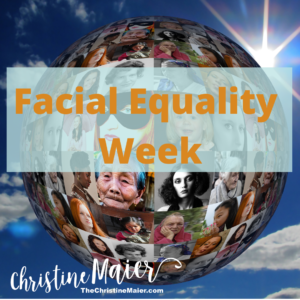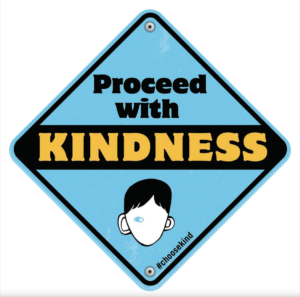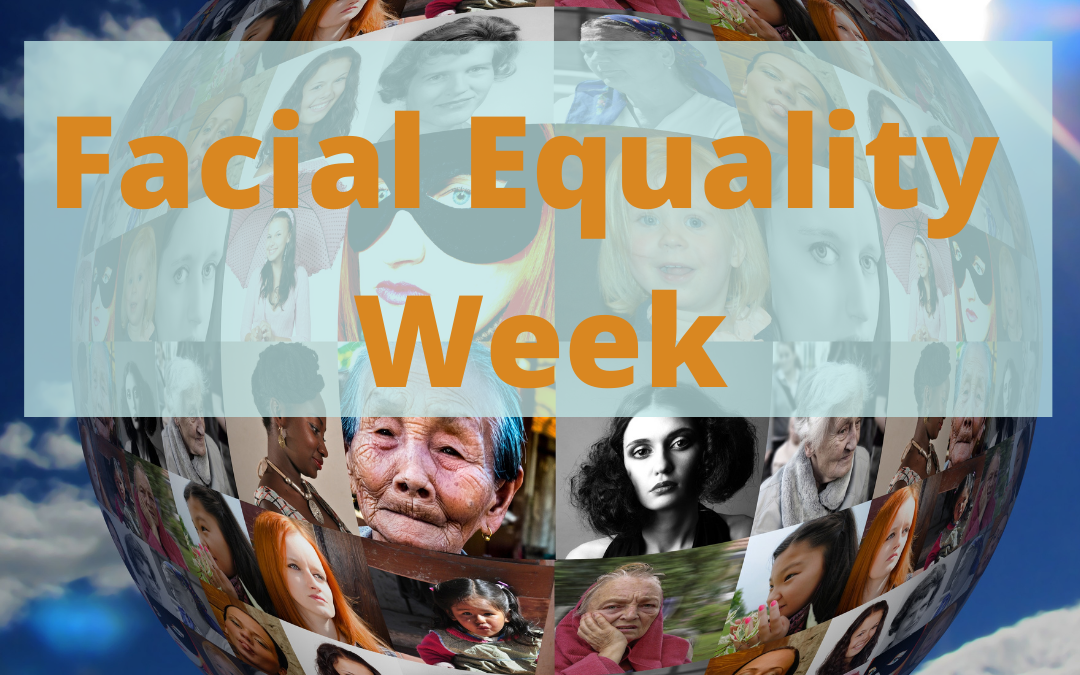This week is Facial Equality Week – May 17th- 24th – and we’re raising awareness of facial differences and improving the experience of those who have a facial difference.
You may not find this surprising, but many people who have facial differences experience:
- Isolation
- Ridicule
- Discrimination
- Abuse
The experience of looking visually different, especially in the area of our face can be difficult. Especially in a society that is obsessed with selfies, how people look, what they’re doing, what they’re wearing – their hair, their makeup. Often the first thing we notice is a facial differences and we know that person is different and that, for some people, can be scary. They create stories about what happened when the reality is it’s often something from birth or something happened to them. It’s not contagious. Visually different people aren’t going to hurt you. They’re not scary. They are regular people, they just still look a teeny bit different. And that is not a bad thing because each of us is unique in some way.
For some, it’s visually; for some, it’s their interests, their passions, the way they express themselves. And that’s good because if we were all the same, life would be boring, like the monotone teacher in cartoons and movies.

What do you do? How can you help?
- Go out, treat these people like normal. Say hi, how are you? Ask what they do, what their interests are. Get to know them they are regular people.
- Don’t stop and stare at them.
- Don’t hurl insults at them, pick on them or teach other people around you that it’s okay to do that.
- If you’re curious, ask them.
Be careful about this. Some people are sensitive about it so be respectful. Ask if they feel comfortable explaining the scar on their face or the discoloration, let them lead from there.
If you want to learn more about facial equality, one of the organizations I work with is the Children’s Craniofacial Association (CCA). You can learn more about them at ccakids.org. Thanks so much. Choose Kind.


